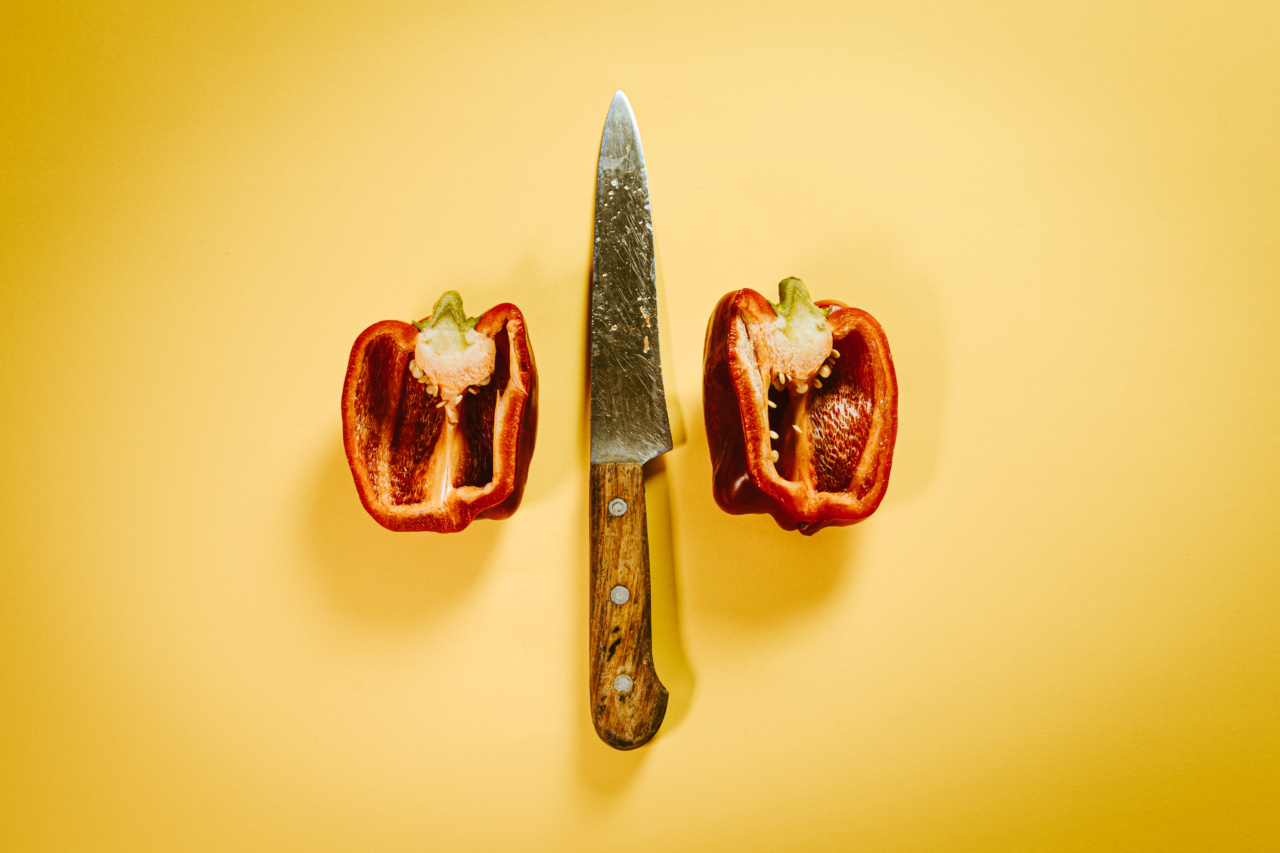Vitamin C, also known as ascorbic acid, is a vital nutrient that plays a crucial role in various physiological processes within the human body.
From supporting immune function to promoting collagen synthesis, this vitamin offers numerous health benefits. However, recent studies have shed light on an intriguing relationship between vitamin C intake and the risk of hip fracture.
The Importance of Vitamin C
Vitamin C is an essential nutrient that cannot be synthesized by the human body. Therefore, it is crucial to obtain an adequate amount of vitamin C through dietary sources.
This vitamin acts as a potent antioxidant, protecting cells from damage caused by free radicals. It also aids in the production of collagen, a protein that supports the structure and strength of various connective tissues, including bones.
Moreover, vitamin C plays a critical role in the absorption of iron and calcium, both of which are essential for maintaining proper bone health.
Deficiency in vitamin C can lead to a range of health issues, including scurvy, impaired wound healing, and weakened immune function.
The Prevalence of Hip Fractures
Hip fractures are a significant public health concern, particularly among older adults.
According to the World Health Organization (WHO), around 1.6 million hip fractures occur worldwide each year, and this number is projected to increase due to the aging population.
Hip fractures can have severe consequences, including reduced mobility, chronic pain, and an increased risk of mortality. Therefore, identifying factors that contribute to the risk of hip fracture is of utmost importance for preventive measures.
Exploring the Research
A growing body of research has examined the potential link between vitamin C intake and the risk of hip fracture.
Many observational studies have found an association between low vitamin C levels and an increased risk of fractures, including hip fractures.
One study published in the Journal of Bone and Mineral Research analyzed data from the Framingham Osteoporosis Study, a well-established cohort study.
The researchers found that individuals with the highest vitamin C intake had a significantly lower risk of hip fracture compared to those with the lowest intake.
Another study published in Osteoporosis International investigated the relationship between dietary antioxidants, including vitamin C, and hip fracture risk in Chinese men and women.
The results showed that higher intake of vitamin C was associated with a reduced risk of hip fracture in both genders.
Despite these findings, it is important to note that the existing research primarily consists of observational studies, which can only establish associations rather than causation.
Further research, including randomized controlled trials, is required to establish a definitive link between vitamin C intake and hip fracture risk.
Potential Mechanisms
Several potential mechanisms have been proposed to explain the association between vitamin C and hip fracture risk.
Collagen Synthesis: Vitamin C plays a crucial role in collagen synthesis, which is essential for maintaining the integrity and strength of bones.
Insufficient vitamin C levels may lead to compromised collagen production, increasing the risk of bone fractures.
Antioxidant Activity: As an antioxidant, vitamin C protects against oxidative stress, which can damage bone cells and impair bone strength.
By reducing oxidative damage, vitamin C may help preserve bone health and lower the risk of fractures.
Bone Mineral Density: Vitamin C may also influence bone mineral density (BMD), a key factor in determining bone strength.
Several studies have suggested a positive association between vitamin C intake and BMD, indicating a potential protective effect against hip fracture.
Recommended Vitamin C Intake
The recommended daily intake of vitamin C varies depending on age, sex, and physiological needs. The National Institutes of Health (NIH) recommends the following daily allowances:.
- Infants (0-6 months): 40 mg
- Infants (7-12 months): 50 mg
- Children (1-3 years): 15 mg
- Children (4-8 years): 25 mg
- Children (9-13 years): 45 mg
- Adolescent boys (14-18 years): 75 mg
- Adolescent girls (14-18 years): 65 mg
- Adult men (19 years and older): 90 mg
- Adult women (19 years and older): 75 mg
- Pregnant women: 85 mg
- Breastfeeding women: 120 mg
It’s worth noting that these recommendations are based on the prevention of deficiency-related diseases and may not account for the potential benefits of higher vitamin C intake in relation to hip fracture risk reduction.
Food Sources of Vitamin C
Vitamin C is abundantly found in various fruits and vegetables. Some excellent food sources of vitamin C include:.
- Oranges and orange juice
- Strawberries
- Kiwi
- Pineapple
- Guava
- Papaya
- Red and green peppers
- Kale
- Broccoli
- Brussels sprouts
Incorporating these foods into the diet can help ensure an adequate intake of vitamin C.
Conclusion
The link between vitamin C and hip fracture is a topic of increasing interest in the field of bone health research.
Observational studies have consistently pointed towards a potential association between higher vitamin C intake and a reduced risk of hip fracture. However, further research, including clinical trials, is necessary to establish a causal relationship.
In the meantime, it is advisable to include vitamin C-rich foods in the diet and meet the recommended daily intake guidelines to ensure optimal overall health, including maintaining proper bone health.































